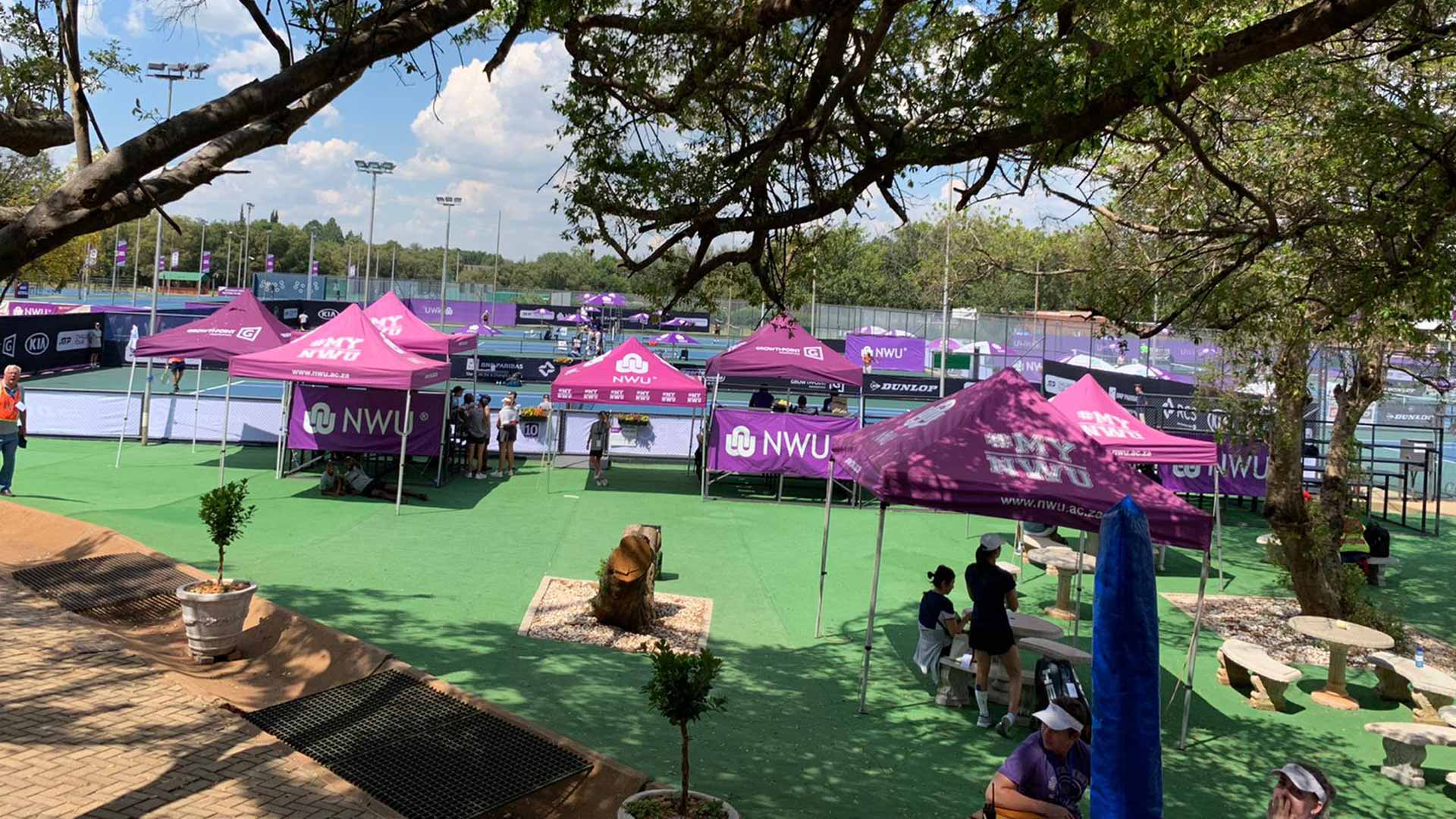Retired From Singles, Learn Why Melzer Is Still Playing Doubles
Retired From Singles, Learn Why Melzer Is Still Playing Doubles
Jurgen Melzer retired from singles after the 2018 Erste Bank Open in Vienna, in front of his home fans. It wasn’t a case that his game let him down, but his body did, which confirmed his decision.
But Melzer wasn’t ready to completely close the door on his career. He had another option: focussing on doubles.
“I had a conversation with my wife and said, ‘Okay, I want to give it a shot [in 2019]. I want to give it a try until the French Open and if I have the feeling I can still win tournaments and win big tournaments, I’ll continue,’” Melzer recalls. “Otherwise, I’d rather be at home with my son and my wife and do something else. She was okay with that and said, ‘Okay, you’ve got to do what you’ve got to do and have no regrets.’ She used to be a swimmer, so she knows how it is to stop something you love doing.”
When Melzer retired from singles, he’d already tallied more than $10 million in career prize money and won a combined 18 tour-level titles in singles and doubles, including Grand Slam doubles trophies at 2010 Wimbledon and the 2011 US Open alongside Philipp Petzschner. He climbed as high as World No. 8 in singles and earned 13 Top 10 wins, including a thrilling five-set win — from two sets down — against third seed Novak Djokovic to reach the 2010 Roland Garros semi-finals.
“The reason I still play tennis is because I love the game. You don’t make that much money playing Challengers and playing ATP 250s in doubles, but I still love the game and I still have the feeling that I have it in me to win big tournaments like Hamburg [in 2019] and I think I would have regrets if I wouldn’t have done it,” Melzer said. “I still had the feeling I have something left. The sport has given so much over the past 20 years that why not continue? I’m happy I did it because now I’m in a position where I can play the big tournaments.”
Watch Melzer & Team Austria’s Visit To Bondi Beach:
Melzer, who is currently 38 with a son approaching his third birthday, did not fully commit at the beginning. He wanted to see how quickly he would progress last year.
“I said, ‘Okay, if I manage to be around No. 80 at the French Open and am able to play there, I’ll continue. If not, then I’m just not good enough anymore,’” Melzer said.
The Austrian won the Sofia (w/Mektic) and Marrakech (w/Skukor) titles before Roland Garros to quickly improve his FedEx ATP Doubles Ranking. Since last June, he has not left the Top 50, and he is currently playing with another veteran, Frenchman Edouard Roger-Vasselin.
“I played a lot of matches, have been away from home a lot. That makes it tough, having a family,” Melzer said. “But I knew that [last] year would be a more difficult year because you have to get back to where I think I belong and get the ranking back up. Once you can play the [ATP Masters] 1000 tournaments, maybe you can reduce the schedule a little bit.”

It’s also been an adjustment for Melzer as far as fine-tuning his training to become the best doubles player he can be. The lefty always was a threat in any doubles draw, but at the time his focus was always on singles.
“Obviously I couldn’t practise as much doubles when I was Top 10 in singles. I was with a very good partner at that time with Philipp Petzschner. It helped that we were best friends off the court. We clicked; we didn’t need to practise that much to be competitive,” Melzer said. “Right now I know if I want to stay, or if I want to get even higher in my ranking, I need to practise. I have to improve things to win tournaments week-in and week-out or being able to win tournaments.
“When I practised singles, your physical ability was great. Now when you only play doubles, you only cover half of the court. You have to do more to stay in shape because you don’t have those two-hour matches anymore.”
Last year Melzer, who underwent elbow surgery in October 2017, said he would reevaluate his status once again after 2020. But for now, he is plugging away.
One thing is certain, though: “I can say with 100 per cent certainty that I don’t miss [singles] one day. I have picked exactly the right moment to stop. I was still in okay shape, I beat Milos [Raonic] in my last tournament and then had to retire, never played my last match, but that’s okay for me,” Melzer said. “I have done [singles] for a very long time and I have made my peace with it and I know I’m not good enough anymore. This is the reality you have to face after being on Tour for 20 years. We don’t get younger and there are only a few, like Roger, who can still do it at this age.
“Maybe if I hadn’t had my last elbow surgery I would still be playing singles, but my body is what it is and I know it’s not competitive enough anymore to compete and reach the Top 100.”




